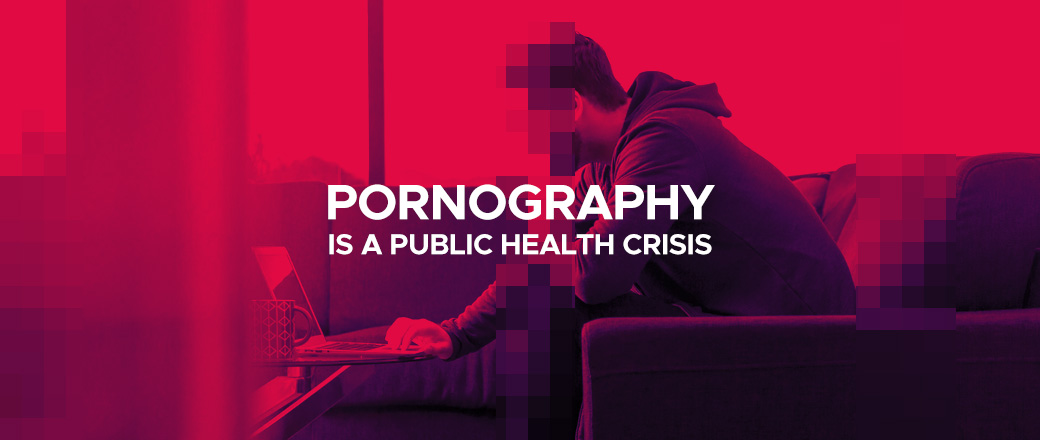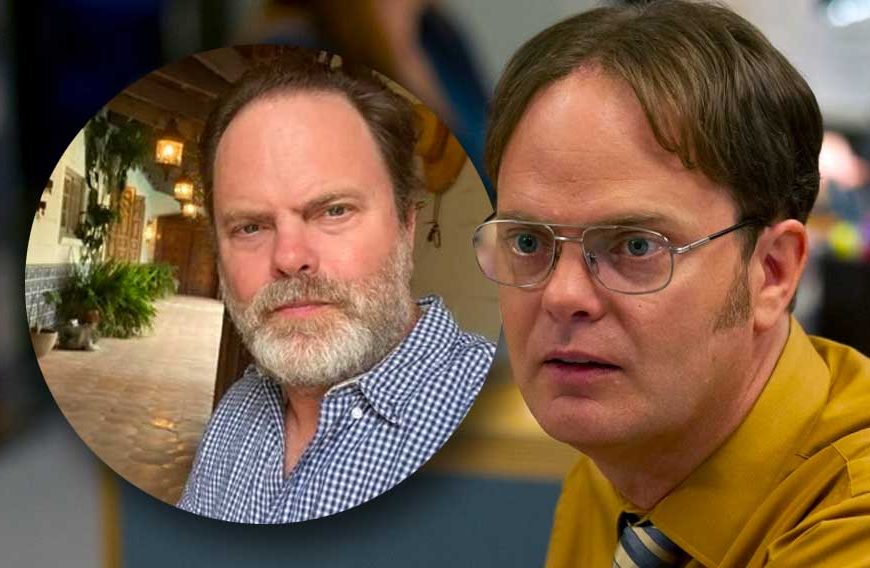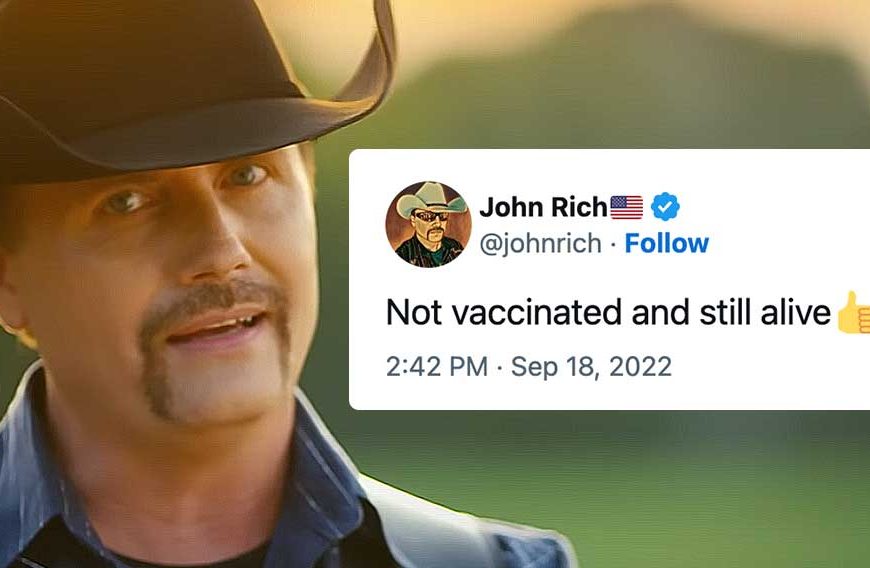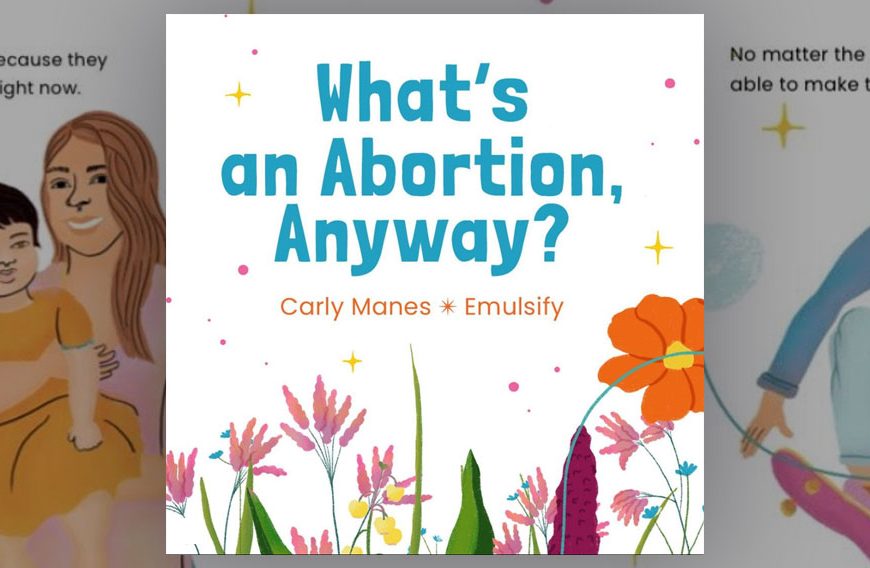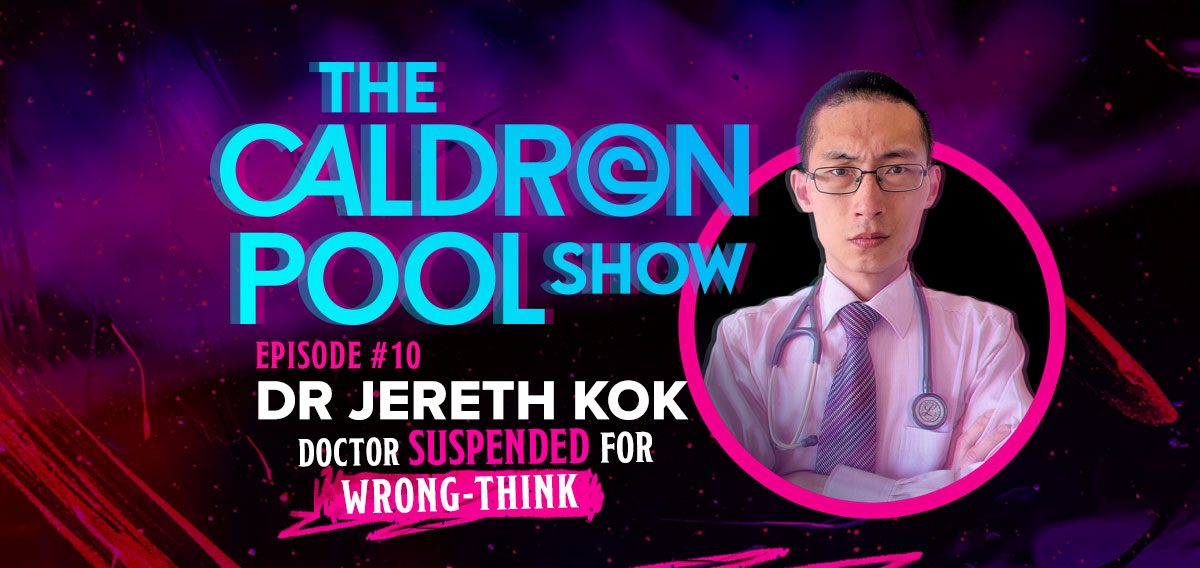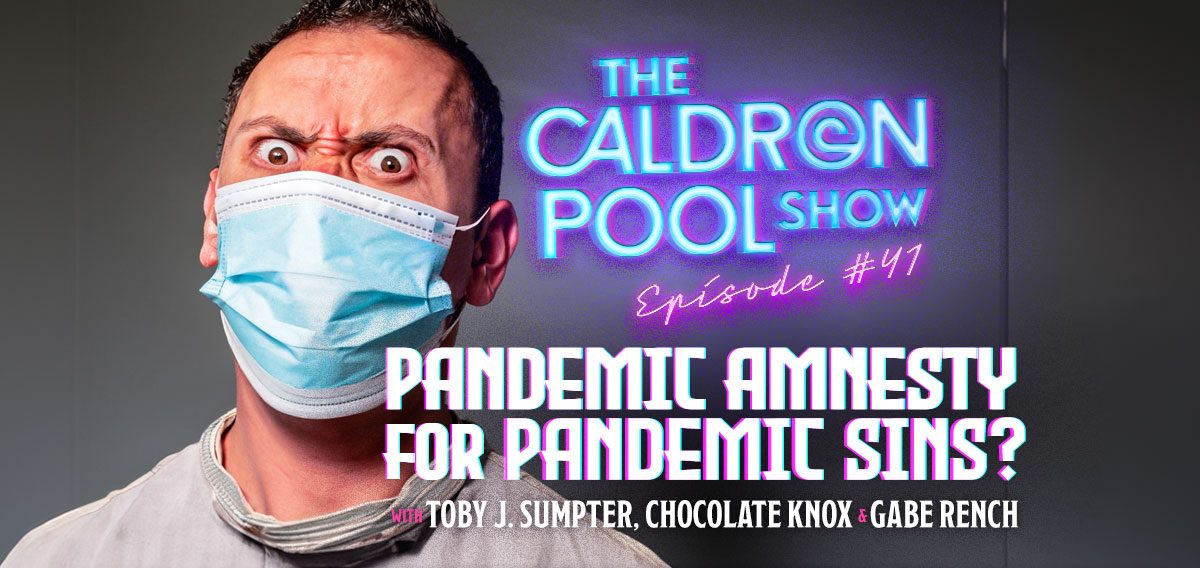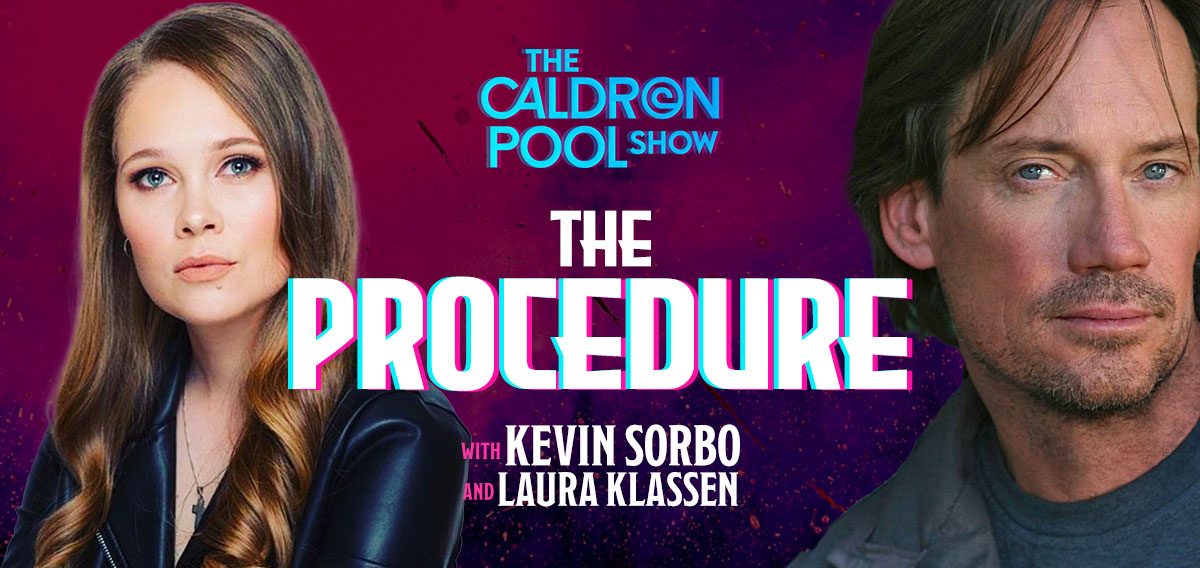In an effort to normalise pornography, there are people who point out that porn has been around since ancient times. That might be true, but porn today is like nothing the world has ever seen.
Pornography is now everywhere. It’s available on almost every screen and smartphone on the planet. In the West, what was once scandalous and shrewdly stocked in the newsagent or video store is now fodder for billboards, and makes for vanilla viewing on primetime TV.
Would you believe that pornography is a US$97 billion global industry? Porn’s unstoppable popularity might be why so many in the mainstream are unwilling to talk about the damage it’s doing.
Like so many aspects of the sexual revolution, our decades-long experiment with porn has provided us with mountains of research about its culture-wide impact.
Its links to mental health problems, sexual dissatisfaction, infidelity and even crime have led American lawmakers to declare porn a public health crisis in 16 states.
“Porn’s not hurting anyone” has to be one of the biggest lies ever told. In case you needed convincing, consider these ten reasons that pornography is tearing us apart.
1. Porn makes people miserable
Like so many other vices, people often turn to pornography to relax and relieve stress. But a growing body of research links porn to a cluster of concerning mental health outcomes.
A survey of almost 800 college students found a significant link between regular pornography use and depressive symptoms, including low self-worth. Strong correlations between porn and loneliness were uncovered in another study.
A meta-analysis of fifty studies found that men who consumed pornography were much less happy not just with romantic relationships, but with their relationships in general.
Many porn users, whether male or female, report relationship insecurities, body-image issues and anxiety in connection to their habit. Worse still, one study revealed that 70% of the partners of porn users presented with all the symptoms of PTSD.
2. Porn is effectively a drug
Unlike alcohol, tobacco or other addictive drugs, pornography isn’t a physical substance—it’s power is a passing image, video or idea.
But brain scans reveal that its effect on users is almost identical to a heroin or cocaine hit. Pornography hijacks the brain’s reward system. When users keep going back for more, it puts the amygdala under stress so that it enlarges, affecting emotional processing and decision-making.
Cambridge researcher Dr. Valerie Voon studied this phenomenon in depth, comparing the brain scans of healthy patients with those who were porn-addicted. She concluded that “these differences mirror those of drug addicts.”
3. Porn turns people into terrible lovers
One of the glaring ironies of pornography is that many people turn to it to enhance their sex life, only to discover that it achieves the very opposite.
Studies continually show that porn use leads to less sex, and less satisfying sex. As a result of viewing pornography, men are more critical of their partner’s body and less interested in actual sex.
One of the most detailed studies of pornography ever conducted found that, having viewed ‘soft-core’ porn, both men and women were less happy with their partner’s sexual performance.
Doctors today report a growing epidemic of young men suffering from erectile dysfunction. This condition, which once mostly affected older men, is now a reality for countless young guys who have become so accustomed to the constant variety and excitement of internet porn that they can no longer perform without it.
In short, pornography is scientifically proven to make someone a bad lover in almost every conceivable way.
4. Porn destroys marriage
Many reading this will know first-hand accounts of porn’s devastating impacts on marriage. This phenomenon is more than anecdotal.
Porn consumption is statistically linked to less stability in relationships, a devaluing of marriage and family, and greater likelihood of both infidelity and divorce. One study showed that people who had an affair were three times more likely to have used pornography than people who remained faithful to their partner.
Another study tracked the marriages of couples over time, and found that divorce was twice as common among couples that began using pornography to ‘enhance their sex life’, compared with those who didn’t.
If all that weren’t enough, as early as 2002, the American Academy of Matrimonial Lawyers reported that 56% of divorces involved one partner having “an obsessive interest in pornographic websites.”
5. Porn harms children
Kids growing up today are the first generation in history to be raised on tablets and mobile devices. This has given them much easier access to pornography and the adult-world risks that accompany it.
11 years old is now the average age that children are first exposed to pornography. 90% of boys and 60% of girls have visited porn sites by the time they enter adulthood. Half of teens come across porn at least once a month whether they search it out or not.
Research has shown that the younger boys are when they first see porn, the more likely they are to be using it later in life. And among youth, internet pornography is statistically linked to sexual activity at younger ages, multiple sex partners, group sex, and other risky behaviours.
Porn harms children in other ways too. Every week, over 20,000 images of child pornography are posted to the web. And since 2002, more than 10,000 victims depicted in child pornography have been located and identified.
6. Porn drives violence against women
In a post-#MeToo world, and with so much talk of gender equality today, it’s hard to fathom why there’s so much silence around the harm porn does to women. The research on this couldn’t be clearer.
The vast majority of pornography depicts a power imbalance between men and women, with men in charge, and women submissive and obedient.
Recently, a team of researchers looked at 50 of the most watched porn films. Of the 304 scenes in these movies, almost half contained verbal aggression and a staggering 88% depicted physical violence. This led the researchers to conclude that “mainstream commercial pornography has coalesced around a relatively homogenous script involving violence and female degradation”.
And it should be no surprise that ideas shape behaviour. An analysis of 22 studies from 7 countries found that people who consume porn frequently are likely to engage in acts of sexual aggression.
Other studies have shown a strong correlation between men’s porn consumption and their likelihood to victimise women.
7. Porn makes people more deviant
When the brain’s reward centre is stimulated too much—as is the case with a regular porn user—it makes what was once exciting seem dull. This in turn can prompt people to seek out more extreme types of pornography.
In 2012, a survey of 1,500 males was conducted. They were asked if their tastes in pornography had grown “increasingly extreme or deviant” the more they had watched porn. An alarming 56% said yes.
Porn use has also been shown to influence what users consider to be abnormal. One study showed that people who watched significant amounts of pornography considered violent sex and sex with animals to be twice as common as what those not exposed to pornography thought.
In fact ‘rape culture’ has been a big discussion point in recent years, especially on university campuses. The premise of rape culture is that rape is more likely in an “environment whose prevailing social attitudes have the effect of normalising or trivialising sexual assault and abuse.”
If this is true, why is no one pointing out that mainstream pornography is itself rape culture?
8. Porn fuels sex trafficking
If it’s possible for pornography to have dirty little secrets, here’s the biggest one of all: pornography fuels the sex trafficking industry.
There are an estimated 20 to 40 million slaves in the world today—more than when slavery was abolished. Around 22% of these are victims of forced sexual exploitation, which includes the production of pornography.
It’s confronting to realise that this is not just a developing world problem.
Officially, sex trafficking is defined as a “modern-day form of slavery in which a commercial sex act is induced by force, fraud, or coercion”. On that definition, this includes the shockingly common cases of young girls in western nations who have been lured into a modelling career only to end up on porn sets.
The USA’s Department of Justice and the National Center for Missing and Exploited Children both flag pornography as a contributing factor to the global problem of sex trafficking.
There’s also an infinite feedback loop between porn and sex trafficking. Traffickers get ideas from pornography and make their victims watch it in order to produce more of it.
Over the last decade, the fair trade movement has had enormous success in helping people consume products that haven’t relied on slavery or other forms of abuse. It’s time our culture awoke to the same reality taking place with pornography.
9. Porn decays society
Recent statistics on porn use are confronting. Consider this: in 2015, 4.3 billion hours of pornography were watched on a single website. That’s half a million years of viewing time.
From 1998 to 2007, the number of pornographic websites online grew by 1,800%. Today, almost a third of all data transferred across the internet is porn.
Decades on from the dawn of the sexual revolution, porn exposure among university-aged males is now almost universal. 1 in 5 mobile searches are for pornography. And 96% of young adults are either neutral, accepting or encouraging of porn use.
Let’s put two and two together. If it’s true that porn is linked to a host of social ills including depression, addiction, deviance, violence and human trafficking; and if it’s true that so many people today affirm pornography and use it regularly, then our culture is facing a crisis.
There’s no other way to say it: porn is decaying our society.
10. Porn offends God
All we’ve looked at so far has been horizontal—how pornography affects people. But the most relevant piece in this puzzle is that porn offends God:
God shows his anger from heaven against all sinful, wicked people who suppress the truth by their wickedness… God abandoned them to do whatever shameful things their hearts desired. As a result, they did vile and degrading things with each other’s bodies. (Romans 1:18, 24)
The reason God hates sexual perversion isn’t because he is mean. Quite the opposite—it’s because he has infinite love for everyone he has created. He knows what’s best for us, and he knows that pornography is anything but that.
The good news is that God has made a way for every one of us to be free of the scourge of sin, including pornography. He did this by sending Jesus. “God made him who had no sin to be sin for us, so that in him we might become the righteousness of God.” (1 Corinthians 5:21).
Freedom and cleansing is found in Jesus. At the cross, Jesus took on all of our filth and sin. And in turn, he clothed us in his perfect righteousness. He offers his help and his presence to all who want to walk in freedom.
Because of its addictive nature, getting free of pornography might require effort. There are now excellent resources to help with this, including Fight the New Drug, Valiant Man and Covenant Eyes. Walking in freedom is possible for anyone who wants it enough.
Whatever it takes, the effort will be worth it. Every one of us owes it to ourselves, our loved ones and our society to turn this crisis around.


